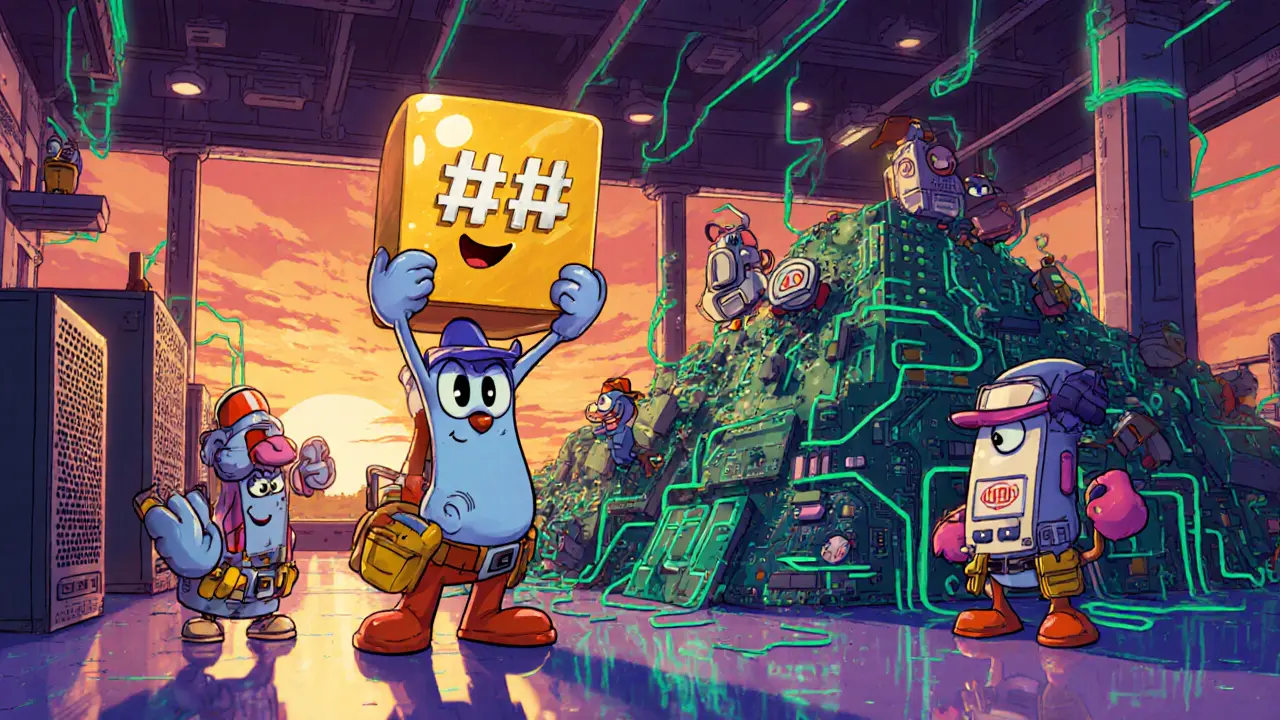Consensus Mechanisms: How Blockchains Agree on the Truth
When working with Consensus Mechanisms, the set of rules that let distributed nodes decide which transactions are valid and which block wins the chain. Also known as consensus algorithms, they form the backbone of any blockchain, from Bitcoin’s proof‑of‑work to modern proof‑of‑stake designs. Understanding these rules is key whether you’re building a new protocol or just choosing a network to trade on.
One hot subtopic is Fast Finality, a consensus outcome that confirms transactions within seconds, often at the cost of reduced security guarantees. Projects like Mango Network and many Layer‑1s chase fast finality because traders hate waiting for confirmations. The trade‑off is clear: speed vs. the risk of forks or reorgs. Another related idea is Blockchain Finality, the point at which a block becomes immutable, which can be probabilistic (like Bitcoin) or deterministic (like Tendermint). Knowing whether a chain offers probabilistic or deterministic finality helps you gauge how safe your funds are after a trade.
Why Governance Meets Consensus
Consensus isn’t just a technical detail; it powers Token‑Based Governance, the process where token holders vote on protocol upgrades and rule changes, with the consensus layer enforcing the outcomes. When a DAO votes to change fee structures, the consensus engine validates the new parameters across the network. This link means that weak consensus can sabotage governance decisions, while strong consensus makes on‑chain voting reliable and tamper‑proof.
Developers also care about deterministic finality, a subset of blockchain finality where a block is finalized after a single round of voting, eliminating the probability of reversal. Chains like Cosmos and Solana use deterministic finality to deliver instant transaction finality, which is crucial for high‑frequency trading and DeFi applications. In contrast, probabilistic finality relies on multiple confirmations to reduce the chance of a fork, a model best for open, permissionless networks that value censorship resistance.
All these pieces—fast finality, deterministic versus probabilistic finality, and token‑based governance—are different faces of the same core question: how does a network reach agreement without a central authority? The answers shape security, speed, and user experience across the crypto ecosystem. Below you’ll find deep dives into specific projects, trade‑off analyses, and practical guides that flesh out these concepts with real‑world examples.

